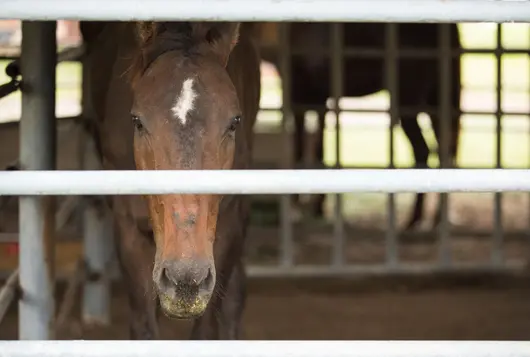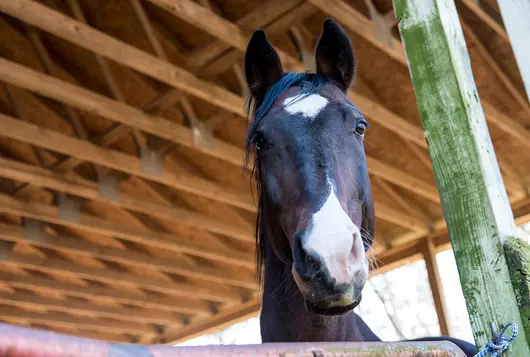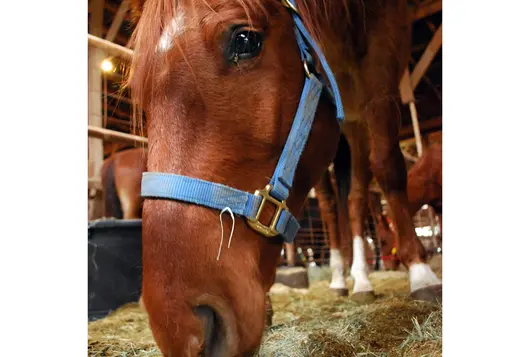FAQs about Horse and Donkey Microchipping

Microchipping is an inexpensive and permanent method for identifying animals. Microchips have been popular with cats and dogs for decades and are becoming more popular for use in horses, donkeys, and mules. Microchips can reunite owners with their equines in the event of theft, natural disaster, or downed fences.
Some microchip companies allow adoption centers to remain as a backup contact on the chip, providing an extra safety net for each animal, so be sure to inquire.
The launch of the universal Equine Microchip Lookup Tool makes microchipping and searching more efficient. And with more breed and sport associations requiring microchips, they are becoming the norm and are even required in some states, including Louisiana.
With the increasing popularity of microchipping equines, these commonly asked questions may help your organization in making decisions about microchips.
Q: How is a microchip implanted in the horse?
A: It’s very easy! Check out our full-color equine microchipping guide!
Q: Will it hurt the horse?
A: The microchips are the same size as the ones used for dogs and cats (about the same size as a grain of rice). They go into the nuchal ligament and anesthesia is not needed.
Q: Are there any special considerations for the animals immediately after a microchip is implanted?
A: To allow the anti-migration technology time to secure itself to the surrounding tissue and increase the chance that the microchip will stay in place, we recommend that the horse or donkey not be bathed, groomed, petted (in the area of microchip implantation), tacked up, or receive injections in the neck for the first 24 hours post-implantation.
Q: Do I need a special horse scanner to read a microchip?
A: You don't need a specialized scanner because it's the same type of microchip used for a dog or cat (or any animal, for that matter). As long as your microchip scanner can read both 125 kHz and 134.2 kHz chips, you can effectively scan equines.
Scan the left side of the horse or donkey in a serpentine pattern, moving left to right and then top to bottom. The microchip should be in the nuchal ligament (up near the mane) about halfway between the poll and the withers but be sure to scan the entire length of the neck. Although rare, it has been reported that the chips will occasionally move around.
Q: Can the microchip number be changed or tampered with?
A: Microchips are permanent identification because they can’t be altered. The microchip number is encoded into the microchip when it is manufactured. The microchip is then implanted under the skin and into the nuchal ligament of the neck of the horse or donkey. At this point, the microchip cannot be tampered with. Each microchip number is a unique sequence. It is a 10-digit alphanumeric sequence with the 125 kHz chips and a 15-digit numerical sequence with the 134.2 kHz chips.
We have lots more on this subject:


